Takeaway, Grocery Shopping or Amazon, We’ve All Experienced Food Online Delivery
During the pandemic, this industry nearly doubled, for example just eating alone made 2.4 billion pounds last year. So let’s take a look at how each country is keeping up with the rapid food delivery demand.
The Demand
When Covid-19 first began to engulf Europe, and some rushed to the supermarkets to stockpile, others hit the keyboards. Worldwide Google searches for food delivery reached all-time highs in April.
In the UK, people were six times more likely to look for veg boxes than a year ago. The crisis made us all re-examine how we get our groceries and where they come from.
How Covid-19 is changing food shopping (bbc.com).
- Because of the pandemic, restaurants all over Europe to close their dine-in operations, there was a noticeable increase in the number of users of food delivery services.
- For example, France saw a 24 percent increase of restaurant delivery users compared to pre-pandemic times. Meanwhile, more than half of the respondents from Spain intended to continue using food delivery services after the pandemic is over.
Food delivery user growth during COVID-19 Europe 2020 | Statista
Adapting to Change
- A seismic change in Grocery retailing is upon us, with the shift to, and rise of, rapid delivery grocery services.
- The last 12-18 months has seen not only the major UK multiples ramp up their approach to online delivery demands, but also an explosion of new players into the market, to help satisfy shopper requirements for quicker and more convenient grocery deliveries.
- On-demand now accounts for 1 in 20 convenient shops and this is set to only increase.

THE RACE IS ON!

With the top Rapid Food Delivery company’s consisting of:
- Just Ea
- Delivero
- Uber eat
- Goust
- Food Hub
- Zomato
Their competition is only growing across the globe for example…
Sticky Learning ® is 7 times more effective than 1-day training courses. Plus, you will get a Chain of Evidence proving your Return on Investment. Discover soft skills training that changes behaviours long term.

Finland
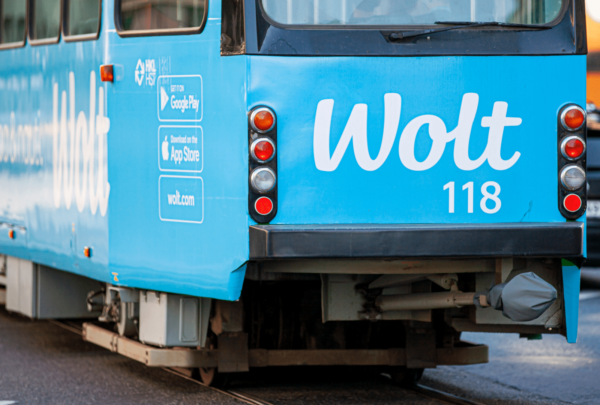
- Wolt, much like its competitors in Deliveroo and Delivery Hero, began life as a marketplace for delivering takeaway meals. In recent years, grocery delivery has proved a key segment and one that has become more lucrative since the Covid-19 pandemic took hold in March 2020.
- Miki Kuusi, Wolt CEO, said when announcing its funding round that 2020 saw the company triple its revenues and the funding will help it put in place a long-term strategy to take on these new delivery segments and markets.
- Wolt announced its bumper $530 million round, it said it was making an even bigger play for the grocery delivery market.
Ireland
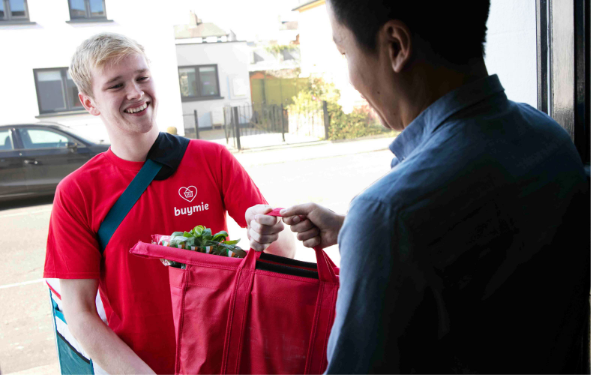
- Buymie Founded in 2015, this Irish startup claims to be a mobile-first, on-demand grocery delivery platform that enables consumers to order any grocery or household item from local stores using their mobile device.
- The delivery can be done at the time of the customer’s choice, from 1 hour to 7 days in advance. In April 2020, Buymie raised €2.2 million capital to roll out their service across the existing retail infrastructure in every major Irish city.
Spain
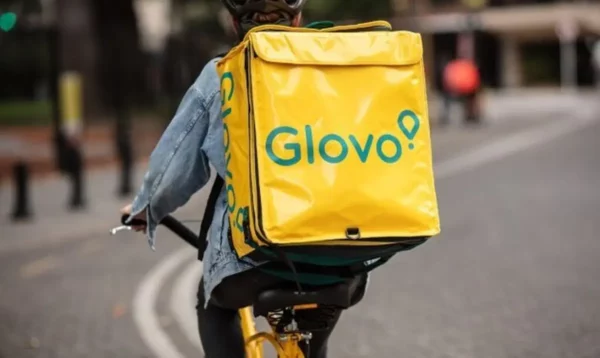
- Glovo, the Barcelona-based outfit, has made a big play for this quick commerce, or ‘q-commerce’, business through its dark stores – storage warehouses strategically dotted around cities to provide the quickest possible delivery.
- Before, services promised same-day delivery and then one-hour delivery, now start-ups are promising tight 15-minute deliveries in cities in a bid to stand out.
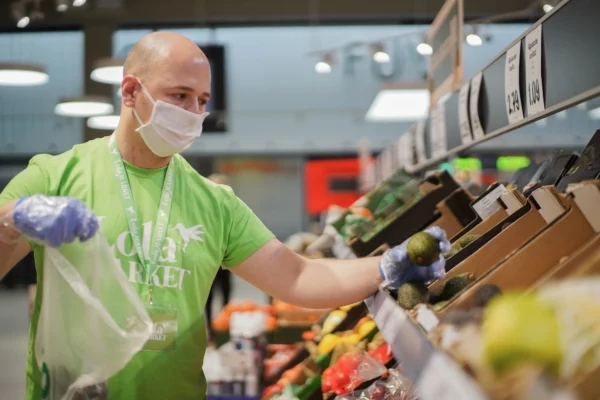
- Lola Market is a Spanish online platform – website and app – which offers the online purchase of food products in traditional markets, supermarkets and neighbourhood shops.
- Lola Market offers a fixed shipping cost regardless of the size of the order, with delivery available within one hour or the same day. All you need to do is to insert your postcode and the delivery time. The service is currently available in 11 Spanish cities.
France
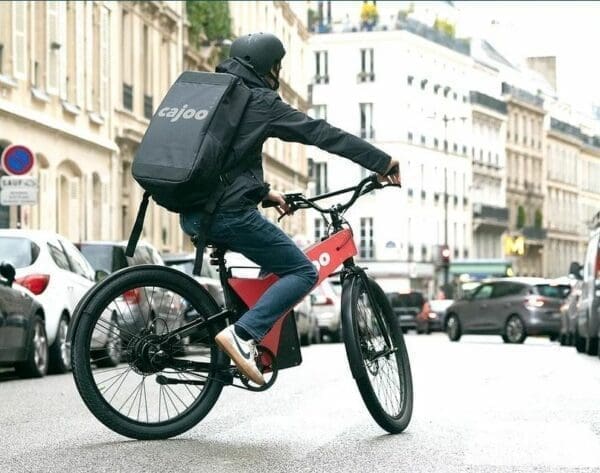
- Cajoo, a French start-up that was only formed late last year, raised $7.3 million for what it claims will be a 15-minute delivery service.
Netherlands
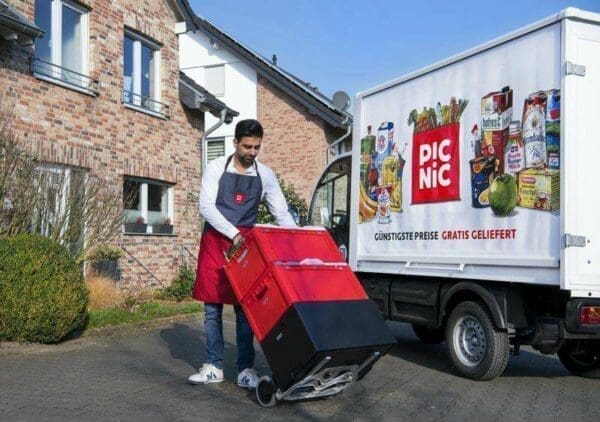
- Picnic is the fast-growing Dutch company from Amsterdam which created an application to order groceries at low prices.
- The app receives all the orders from users for the next-day delivery through its platform and sends them to bakers, greengrocers, and other suppliers.
- They deliver orders (for free from €35) using Picnic’s iconic red-and-white electric vehicles. Founded in 2015, Picnic raised €100 million in 2017 topped up by €250 million in 2019 to build a robotized distribution centre.
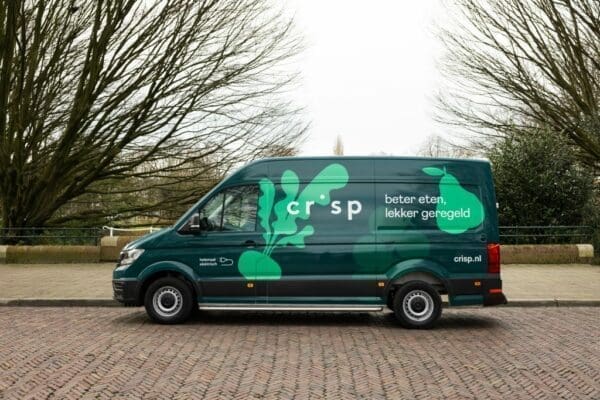
- Crisp is an app-only supermarket from Amsterdam, the Netherlands. It was founded with a mission of offering local seasonal products to consumers. And it addresses increasing awareness over the food’s origin and its ecological impact.
- The app offers next-day delivery six days a week across the Netherlands. It focuses on quality food from over 200 local fresh food suppliers. Since its launch in 2018, Crisp has raised €3 million seed capital. Which was topped up with a further €5 million in summer 2019.
United Kingdom
- Weezy, based in London, raised $20 million in a Series A last month, to fund its “average” of 15 minutes to deliver groceries to your door.
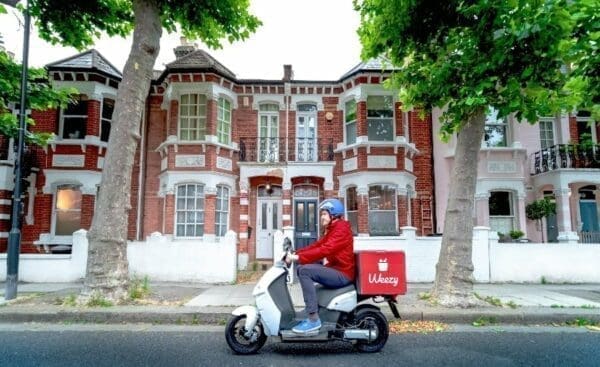
- Cheshire-based delivery startup Beelivery is a same-day grocery delivery company that delivers to over 300 locations all over the UK.
- Beelivery drops off all your grocery and store cupboard essentials. And has an impressive range including alcohol, baby produce, fresh goods and free-from options.

- Dija, the company offers a ‘no quibble’ policy. So if your groceries take longer than 10 minutes to arrive, they will delivery free of charge for three months.
- They are only currently only available in the capital, operating in South Kensington, Fulham, Hackney and Battersea.
- By the summer, the start-up promises to open 20 hubs covering all of central London and Zone two areas.
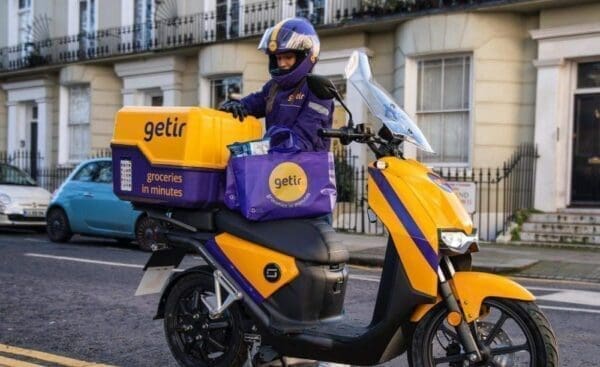
- Turkish-based grocer is rapidly becoming a big competitor to the already established food delivery brands.
- Using its network of dark stores (a large facility that houses goods used to fulfil orders that isn’t open to the public) and riders deliver around the clock.
- Promising no product substitutions, Getir currently only delivers in London’s zones one and two.
- The startup tripled its valuation in two months. It is one of the fastest growing and most popular grocery delivery apps around in the capital.
- If the company can carve out a decent user base in London, it will be well placed to launch in other European cities.
Conclusion on Rapid Food Delivery
As you can see there is a lot of competition. And it all breaks down to who is the fastest and best value. The final thought I will leave you with is…
How long are you willing to wait for delivery?




